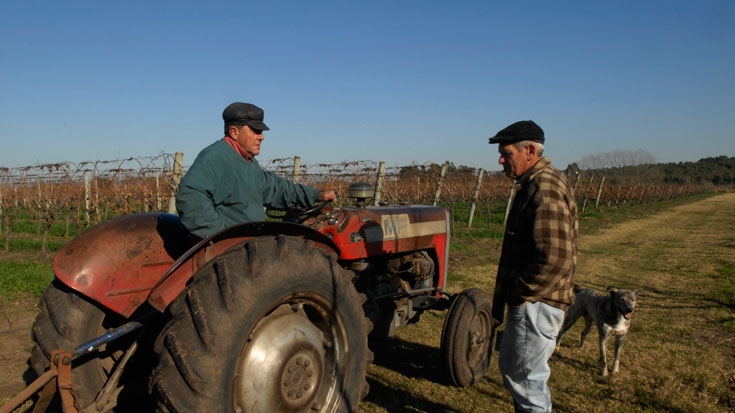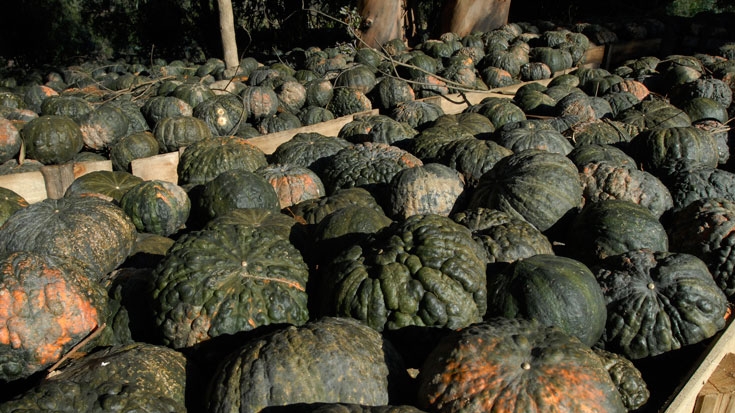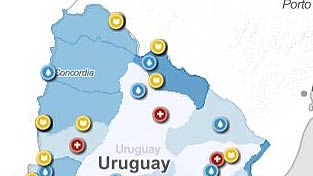CHALLENGE
Threatened by climate-related extreme events, Uruguay’s challenge is to increase agricultural output while also conserving the country’s vital natural resources. Uruguay has sought to develop strategies and mechanisms to exploit fully its natural resources in the pursuit of market op- portunities presented by increasingly aware and demanding consumers.
Agricultural production and the agro-industries are responsible for over 70 percent of Uruguay’s total export earnings. The extensive beef produc- tion sector uses 80 percent of the country’s land, 70 percent of which is currently natural pasture. In addition, expanding irrigated agriculture accompanies reduced crop pressure on land and livestock pressure on natural pastures. To promote increased productivity on the same amount of available land, Uruguay will need to reduce soil erosion and degradation and utilize and manage water and pasture resources sustainably.
SOLUTION
The Integrated Natural Resources and Biodiversity Management Project made a considerable contribution to the improvement of natural resource management by supporting on-farm agro-environmental and climate-smart investments mainly in the beef and dairy subsectors throughout the country. The investments promoted technologies that reduce the vulnerability of livestock producers to the country’s increasing climatic variability (such as severe droughts). The project also supported a comprehensive set of complementary services, which included technical assistance to farmers, training to all segments of the rural population, and improved communication and dissemination. Technical services provided by private professionals in extension were upgraded and more fully integrated with sound practices.



